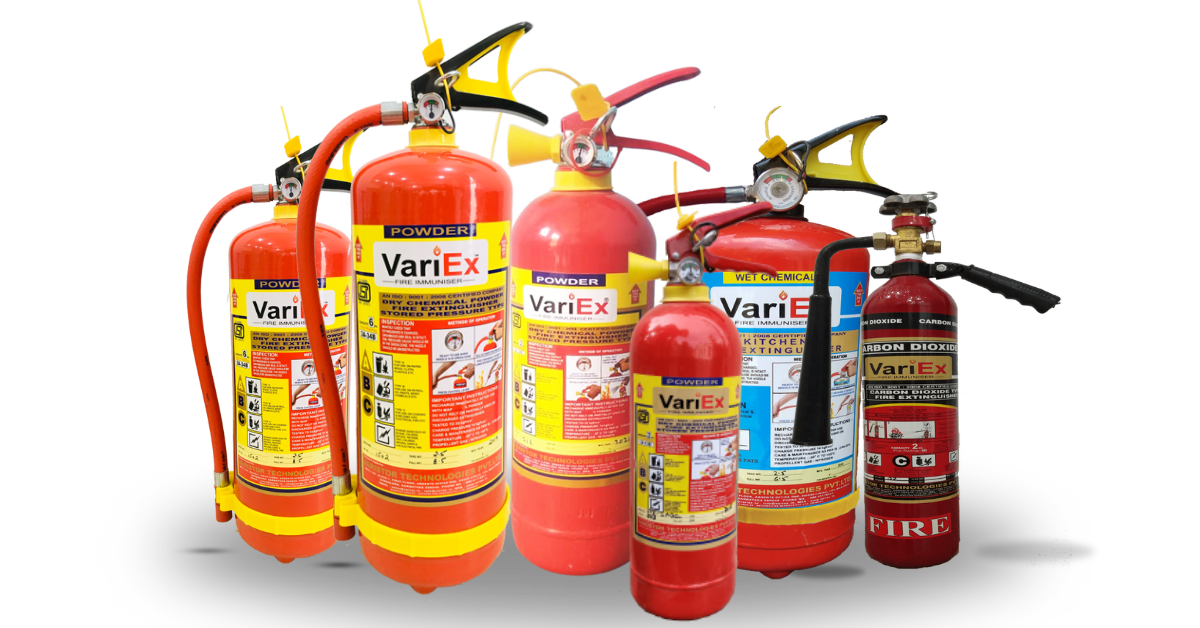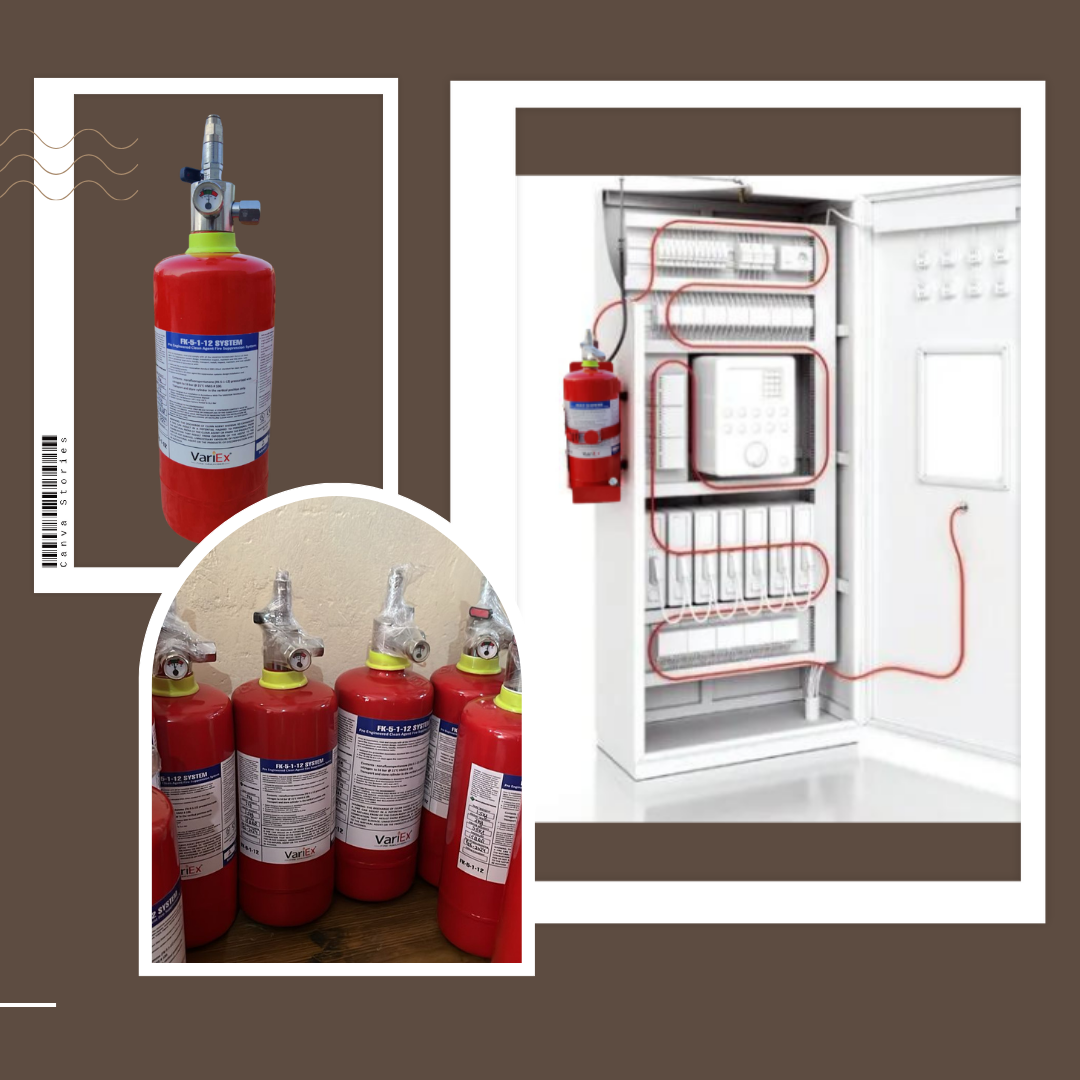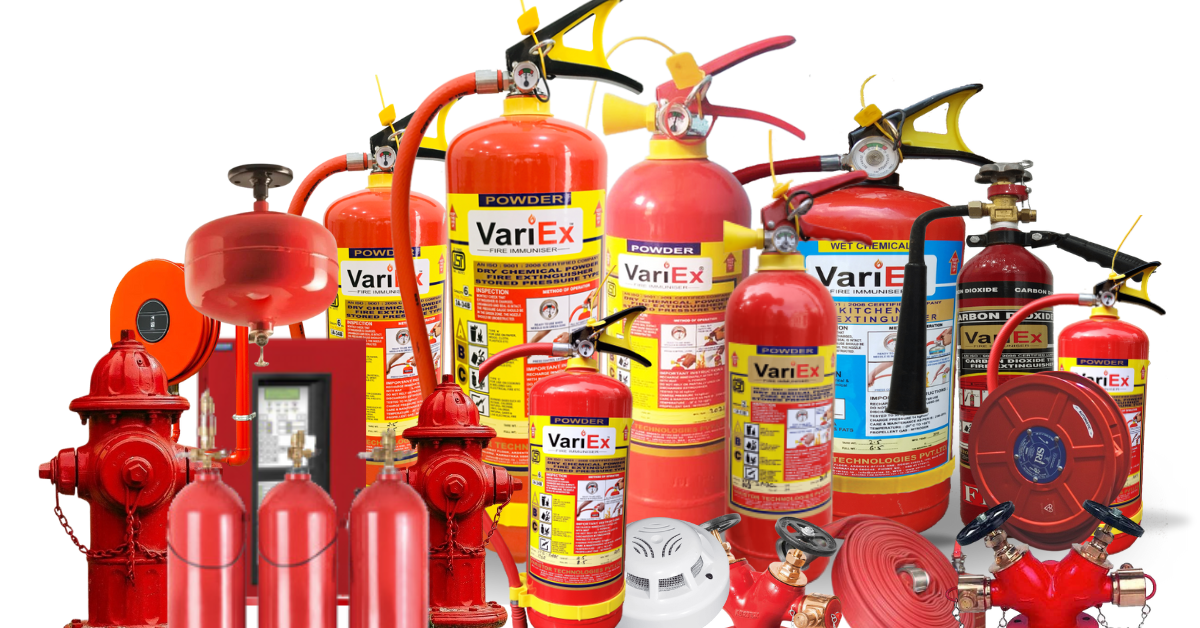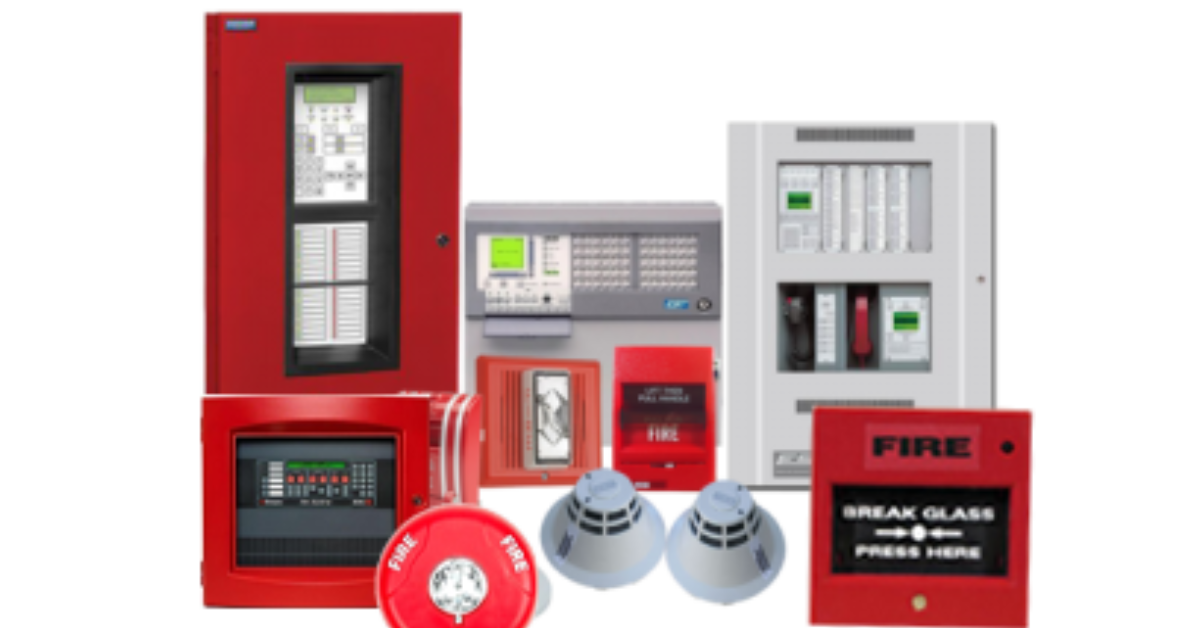![]()
Fire Immuniser
+91-7829629111
Email: info@variex.in
Varistor Technologies Pvt. Ltd.
Block-1, First Floor, Ardente Office One, Hoodi Circle, ITPL Main Road, Bengaluru, Karnataka 560048, IN
How To Do A Fire Alarm Test
How To Do A Fire Alarm Test
Fire alarms are one of the most essential safety features in any building, whether it’s your home, office, or a commercial space. However, simply having a fire alarm installed isn’t enough. It’s crucial to test the system regularly to make sure it’s functioning properly when you need it most.
In this blog post, we’ll walk you through the process of how to perform a fire alarm test and highlight key tips to ensure your system is always ready for action. Ready to test your system? Let’s get started!
Why Testing Your Fire Alarm System Is Crucial
Before we dive into the "how," it’s important to understand why testing is so vital. Fire alarms are designed to alert you in case of an emergency, giving you the time needed to evacuate safely. But, like all systems, fire alarms can fail over time due to technical issues, dust, or battery depletion.
Testing ensures:
- Proper Functioning: Verify that smoke detectors, heat sensors, and alarm devices are working as they should.
- Compliance: Most local regulations require regular fire alarm testing and documentation.
- Safety: In a real fire, you need your fire alarm system to trigger promptly, and testing is the only way to be sure it will.
 Step 1: Notify Everyone in the Building
Step 1: Notify Everyone in the Building
Start by letting everyone know a fire alarm test is happening.
It’s essential to inform the building’s occupants in advance so that they’re not alarmed by the loud sounds of the alarm system. This also ensures that everyone is prepared and can continue their activities without unnecessary concern.
If your building has a public address system, use it to announce the test. If not, consider placing notices at building entrances and common areas, and let key personnel (such as security or building management) know about the scheduled test.
Step 2: Inspect the Fire Alarm Control Panel
Check the system’s control panel to ensure everything is functioning properly.
The control panel is the brain of the fire alarm system. It monitors the status of all the sensors and alarms in the building, so it’s crucial that the panel is in good working condition before you test any devices.
Things to look for:
- Status lights: Ensure the system is showing no errors or warnings.
- Power supply: Make sure the system is connected to its power source, including backup batteries (if applicable).
- System mode: Confirm that the system is not already in test mode before starting your procedure.
Step 3: Visually Inspect All Fire Alarm Components
Do a quick walk-through to ensure all fire alarm components are intact and unobstructed.
Take a few minutes to visually inspect the following:
- Smoke and heat detectors: Look for any visible damage or dust buildup that could interfere with their functionality. If a detector is covered in dust, clean it gently using a soft cloth or a vacuum cleaner attachment designed for sensitive electronics.
- Manual pull stations: Ensure that all pull stations (the devices people can manually trigger to activate the alarm) are in place and undamaged.
- Alarm devices: Check strobe lights, bells, and horns to ensure they are properly mounted and free from obstruction.
Step 4: Test the Smoke/Heat Detectors
It’s time to test the most important components—your smoke and heat detectors.
Different types of detectors require different testing methods:
- Smoke Detectors: You can use a smoke detector tester spray (or canned smoke) to simulate smoke in the air. These testers are designed to trigger the alarm safely without creating a fire hazard. If you don’t have a tester, a small amount of smoke from a controlled source can work, but always proceed with caution.
- Heat Detectors: These sensors detect changes in temperature. Use a heat source, like a hairdryer or a heat gun, to simulate a fire’s temperature. Some heat detectors may also have testing magnets that trigger the alarm remotely.
Step 5: Test the Manual Pull Stations
Ensure that manual pull stations are operational and easy to use.
Manual pull stations are important because they allow anyone in the building to activate the alarm in case of fire. To test:
- Pull the handle of the station and confirm that the fire alarm system is triggered throughout the building.
- If the alarm doesn’t go off, investigate the wiring or other issues with the pull station.
Step 6: Check the Notification Devices (Alarms and Strobes)
Make sure that all notification devices are loud and visible.
The point of a fire alarm is to alert everyone in the building to evacuate, so it’s essential to test the audible and visible signals. Here’s how:
- Audible alarms: Trigger the system and confirm that the sound is loud enough to be heard throughout the building, including in areas with heavy noise (e.g., kitchens, gyms, or manufacturing areas).
- Visual alarms (strobes): Ensure that strobe lights are flashing brightly in all areas, especially for people with hearing impairments.
Step 7: Test the Fire Alarm Control Panel
Confirm that the control panel correctly registers all activity during the test.
After triggering the detectors, pull stations, and alarms, check the control panel to ensure that:
- It shows the correct alarm statuses.
- It registers each individual test (detectors, pull stations, and notifications).
- There are no error messages or issues.
Step 8: Reset the System
Once the test is complete, reset the system to return to normal operation.
After testing all the components, the system may be in an "alarm" or "test" mode. Follow the manufacturer’s instructions to reset the system to its normal operational state. This will ensure that the system is ready for use again.
Step 9: Document the Results
Recording your test results is essential for compliance and tracking maintenance needs.
Write down:
- The date and time of the test.
- Components tested (smoke detectors, pull stations, alarms, etc.).
- Any issues or anomalies encountered.
- Any repairs or follow-up needed.
This documentation will not only help with compliance during inspections but also ensure that you’re keeping up with regular maintenance.
Step 10: Inform Building Occupants That the Test Is Complete
Let everyone know that the test is over.
Once the test is finished and the system is reset, notify building occupants that everything is functioning as normal. This can be done through a public announcement, email, or by posting a notice in common areas.
Conclusion: Regular Testing Is Key to Fire Safety
Performing regular fire alarm tests is a small task that can save lives in the event of a fire. By following this step-by-step guide, you can ensure that your fire alarm system remains reliable, compliant with safety regulations, and ready to protect everyone in your building.
Remember: Test your fire alarm system at least once a month and conduct a more thorough inspection at least once a year. If you’re unsure about any aspect of testing or need professional help, consider calling a certified fire alarm technician.
Safety first!
Explore our products Range
Final Say
At VariEx.in and VariexOnline.com, we specialize in supplying and installing top-quality fire fighting systems and equipment. From fire extinguishers to advanced suppression systems, we offer comprehensive solutions tailored to your needs. Our experienced team ensures precise installation and maintenance for optimal safety.
Trust VariEx for reliable fire protection. Contact us online or call 7829629111 to learn more.















